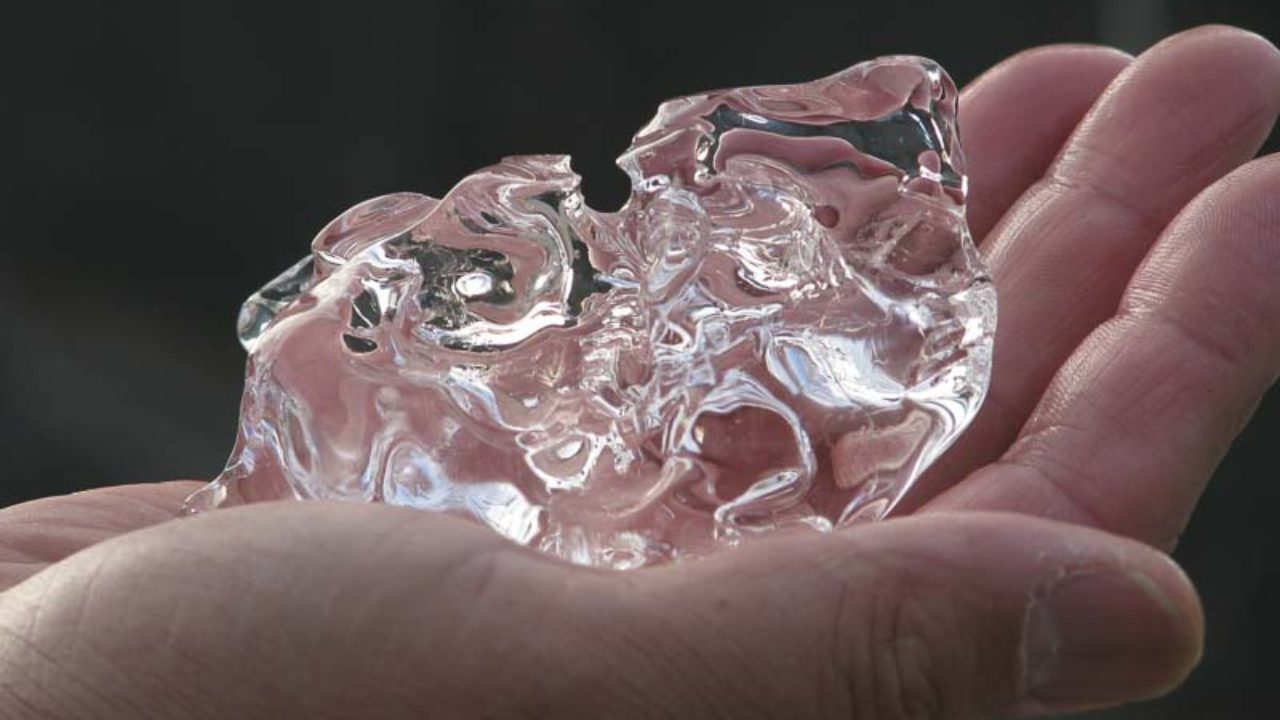
In primary school science, one of the most essential topics that your child will learn is that of water and its different states. This concept has wide usage in daily activities and is applicable to a whole range of more advance topics when your child moves into higher education or even in his or her career.
In this article, we will elaborate on the importance of understanding how the properties of water changes according to its state and how this is used in many different applications.
Why Water Changes
Like any substance, water, being a liquid, has a freezing point and boiling point. When the temperature of water reaches these two points, water changes into ice and water vapour respectively. Why does this happen?
All material in the world is made of molecules. Depending on the amount of heat or pressure applied to them, molecules behave differently. Under more heat or pressure, molecules become more active, spreading out and moving at a faster rate. Conversely, under low heat or pressure, they tend to group together with little vibrations occurring.
Introducing Ice
When water’s temperature is lowered to zero degrees Celsius, it freezes up and transforms into ice. Effectively, the molecules of water have now come into direct contact with another and stopped moving around, thus allowing liquid to transform into solid. Consequently, unlike water, ice has a predefined shape and is cold.
Introducing Water Vapour
Have you ever wondered why steam emerges from a kettle of boiling water? At 100 degrees Celsius, water transforms into vapour, which at high concentrations appear as steam. At the molecular level, with higher pressure, energy gets transmitted to the molecules, leading to them vigorously flying all over the place. As such, water vapour as a gas is largely invisible.
Condensation
Since you have already learnt that water, ice and water vapour are essentially the same substance but at different temperatures, then this principle can be applied to a few common situations.
Condensation is visible when you see droplets of water forming on a surface such as metal or your cold glass drink. Specifically, what is happening is that water vapour as a gas is being transformed into a liquid, water droplets. This occurs as water vapour comes into contact with a colder surface and which absorbs its energy and thus allows it to convert to gas.
Applying Water Concepts
Learning the fundamentals of water and its different states is essential for a wide range of applications. For example, your child would then learn how hot or cold water needs to be in order to have ice or boiling water. It can also be applied to industries such as engineering that rely on steam to power certain devices as well as liquid cooling systems that help to keep high performing devices from overheating.
To ensure that your child is confident about this topic and ready to answer questions in exams relating to it, ensure that you send him or her for primary 6 science tuition classes today.










